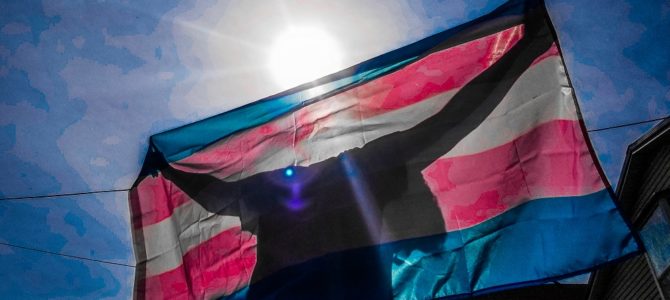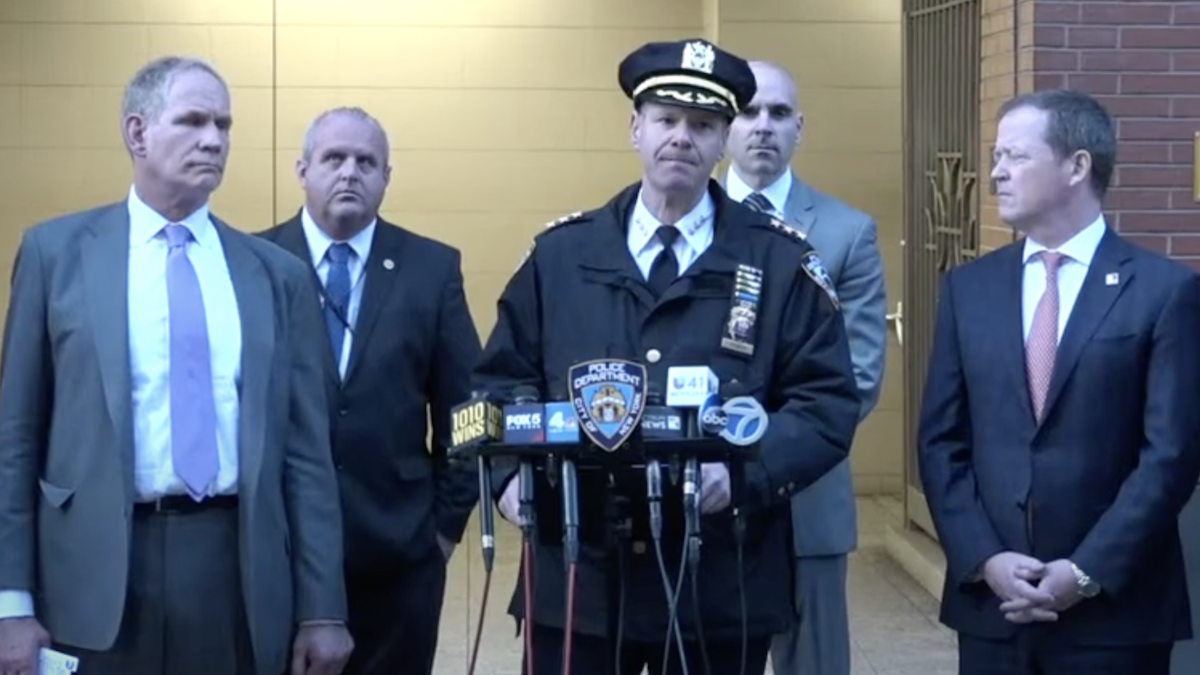
On the 50th anniversary of the Stonewall riots, USA Today published a report titled, “Anti-LGBT hate crimes are rising, the FBI says. But it gets worse,” arguing that current FBI hate crime statistics do not accurately represent the reality. FBI hate crime numbers indicate roughly 7,500 annual incidents, while the Bureau of Justice Statistics’ National Crime Victimization Survey (NCVS) reports more than 200,000 annual hate crimes.
Commenting on the discrepancy, Robin Maril, associate legal director for the Human Rights Campaign argued, “If someone comes forward to report a hate crime, they could also be officially outing themselves as LGBTQ. In a smaller or rural community, that outing could result in an eviction or loss of a job.” Maril continued, “The level of discourse that we are getting from the Trump administration and leadership only hurts our community, only hurts trans people…It gives a sense of impunity and a license to harm folks.”
Arguing that the FBI statistics are flawed due to low reporting rates by law enforcement officials throughout the country, Maril said, “There are entire cities that don’t report any hate crimes. Cities like Miami might report zero hate crimes, but a hate crime does occur in Miami at least once a year.”
Roy L. Austin, a Justice Department official under the Obama administration, agreed: “The data is embarrassingly bad for a country that supposedly takes public safety so seriously. One would think that we would do a better job of collecting crime data. And none of our crime data is worse than our hate crime data.” There are about 18,000 police agencies in the country and, as of 2017, 16,149 were participating in the FBI hate crime reporting program—or nearly 90 percent.
Methods of Studying Hate Crimes
The Department of Justice administers two separate hate crime collection methods. The FBI runs the Uniform Crime Reports (UCR) and the Bureau of Justice runs the NCVS. The UCR relies on police agency reporting and the NCVS relies on self-reporting surveys.
One major discrepancy is that, between 2003 and 2015, an annual average of 14,380 individuals reported to the NCVS that police had confirmed their attack was a hate crime, while during the same period the UCR only reported 8,370 incidents. To provide perspective, the NCVS estimates an annual average of 252,630 hate crimes with 41 percent reported to police (104,600), with 14 percent (14,380) stating they were confirmed by police.
The NCVS survey describes itself as a “self-report survey in which interviewed persons are asked about the number and characteristics of victimizations experienced during the prior 6 months.” Once a household is selected, the residents of the household remain in the survey for three years and are interviewed every six months, in person or over the phone, for a total of seven interviews.
The Interviewing Manual for the Census Bureau states that all areas of the United States, with a few exceptions, are eligible and that “the households to be interviewed for the NCVS are selected by scientific sampling methods from specific sampling areas across the United States.” In 2015, the most recent survey, 95,760 households and 163,880 individuals age 12 and older were interviewed.
The survey requires three types of evidence for a crime to be considered a hate crime. The victim must provide at least one type of evidence. The offender must have used hate language, left behind a hate symbol, or police investigators must have confirmed the incident was a hate crime. There appears to be no further validation beyond the self-reporting of the individual.
Between 2011 and 2015, 98.7 percent of victims provided “hate language” as evidence of the crime, with 90 percent reporting the incident involved violence or sexual assault. Although not included in the official statistics, the report states that 83 percent provided additional evidence defined as “their feelings, instincts, or perception lead them to suspect this incident was a hate crime or crime of prejudice or bigotry, even though there was not enough evidence to know for sure.”
Characteristics of Victims
Reasons given for not reporting to the police (53 percent of incidents) included 41 percent stating the issue was resolved by another authority such as a school official and one in five simply stated they did not feel their victimization was important enough to report. The most commonly cited reason typically offered in most media reports is that the victim was afraid of the police or felt they would not take them seriously, which accounted for 23 percent in this survey.
Despite Maril’s concern that people in rural areas would be more afraid to report, the survey found only 6.9 percent were from rural areas. The majority of incidents were said to have occurred in urban and suburban areas, primarily in the western U.S. (45.8 percent), with the South representing 18 percent of incidents.
Characteristics provided by victims indicated that the vast majority of offenders were single males, white or black, over the age of 30 and 44 percent of them knew their attacker. The self-described victims are majority white males between the ages of 35 and 64 with either incomes below the poverty line or in the middle-class range.
The focus on LGBT hate crimes in the USA Today article represented 22 percent of of the total victims surveyed which was slightly less than those who reported being attacked for their association with a minority individual. This would indicate an annual average of 44,000 LGBT hate crime victims in comparison to the current 2017 FBI statistic of less than 1,200.
Austin illustrated why these discrepancies matter: “The single most important thing is to link any federal funding on crime prevention on providing accurate and regular numbers.”
What Can We Do About Hate Crime Reporting?
The survey brings up important issues on the way we handle hate crimes and the expected legal and social goal. It is troubling that the Department of Justice relies so heavily on self-reporting, with no independent verification for such important data collection. The overwhelming majority of those claiming to be victims provided only their personal perception of their attacker’s motivations.
The reliance on how the victim felt over what actual evidence is available should not be determining federal resources or law. Case in point, the nearly doubling of “confirmed by police to be a hate crime” in the NCVS report reflects the victim merely saying so to the interviewing agent. In contrast, the UCR cases are vetted and transmitted by police agencies directly to the FBI. It is telling that public criticism is on the flawed reporting by the police.
Another concern is in the definition of “hate crime.” Considering that nearly 20 percent of those interviewed were minors and only needed to report “hate language” being used, it seems this information is poorly substantiated. Hate crime laws are supposed to deter those who would choose to target and violently attack a person over his or her real or perceived sexuality, religion, ethnicity or other immutable characteristics. It was not intended to punish the use of mean words or the perception of malicious intention in an altercation.
Moreover, media shouting that 200,000 people each year are victims of violent hate crimes that the police won’t report to the FBI is reckless and irresponsible. It perpetuates fear and validates petty grievances.
What this survey tells us is that our political leaders need to re-evaluate state and federal hate crime guidelines, requiring a timely report to the police to be considered in legal proceedings. The Hate Crime Statistics Act must be clarified to collect and report only on confirmed incidents of hate crimes rather than socially governed abstract and subjective standards designed to validate the accuser’s feelings rather than scientifically reporting on the confirmed evidence.
Government agencies should be held to a higher standard of reporting on these numbers, as the media simply repeats the major talking points, but rarely investigates the details, leading to wildly misleading headlines and public perception. As illustrated by transgender activist Naomi Green, referring to media reports on anti-LGBT violence, “It’s very traumatizing. … You’re constantly feeling on edge and looking over your shoulder.”
LGBT people are being taught to be afraid, report to interviewers that we are afraid, and then see headlines reporting that a majority of us are afraid. The cycle must end.









